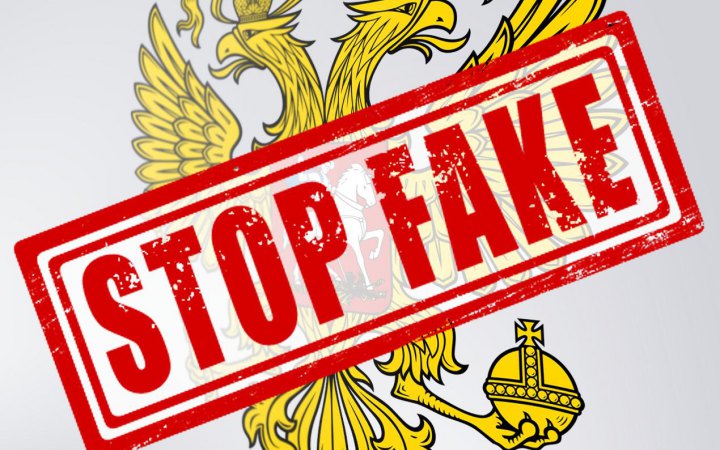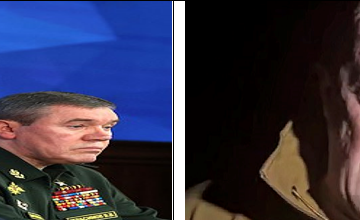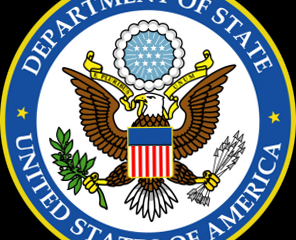
As the Russian siege drags on, Ukraine’s media campaign has shifted from glorified myths to accounts of everyday bravery. It was mid-March when two advertising executives joined a Zoom meeting, ready to pitch an idea to the Ukrainian government in the middle of a war.
They wanted to launch a campaign built on the idea that bravery was a national stereotype, a characteristic linked with being Ukrainian. Watching the courage Ukrainains were showing in the face of the Russian invasion had been a moving experience, says Egor Petrov, creative director at Banda, a Kyiv-based advertising agency. It was the small things that got to him, he says: one friend spending months on the road moving army helmets around the country or another feeding the cats and dogs that had been abandoned as the Russian army advanced.
It was almost a month into the war when the meeting took place, and the Banda executives felt Ukrainians needed a boost. “I think we need this right now,” Petrov recalls telling the government. Listening to this pitch was Ukraine’s minister for digital transformation, Mykhailo Fedorov. He signed off with the approval of the president’s office and an agreement was subsequently struck. The agency would donate its time, while the ministry would cover any costs, according to Petrov.
The idea born in that meeting has now spread across the Ukrainian internet. “Courage has no recipe, except for acetone, polystyrene, gasoline, and a rag,” says the Ukrainian voiceover in one campaign video circulating on social media, before cutting to a shot of a man throwing a Molotov cocktail. Another Banda video shared by President Volodymyr Zelensky’s Instagram account in May has so far been viewed 1.2 million times.
Opening the wallet on his iPhone, Dima Adabir, Banda’s managing director, shows how his digital Monobank card is emblazoned with the campaign logo; Сміливість or “courage.” Everything from bottles of juice to a website selling home appliances and even 500 billboards across 21 Ukrainian cities have been similarly branded—although some of those billboards have since been ripped down to make anti-tank defenses, says Adabir.
As the conflict in Ukraine drags on, the country’s communications strategy has become slicker and more professional, say academics studying information warfare. Ukraine has also shifted its strategy away from amplifying exaggerated myths to focusing on the courage of ordinary people who are committing small, achievable acts of bravery in the face of the Russian invasion.
Like any country at war, Ukraine has been working to shape the information its people see. The military is not allowed to disclose casualty numbers, photos of deceased Ukrainian soldiers are rare, and pictures of Zelensky dressed as superman have been shared by officials. Fedorov describes the campaign as something of a morale boost. “We wanted [Ukrainians] to know their efforts are not going unnoticed, so they continue resisting,” he says.
Most Popular
But there’s a fine line between messaging that can boost morale at home and propaganda that can damage a country’s reputation abroad. The meeting between Banda executives and the digital ministry took place as Ukraine was facing scrutiny for communication missteps early in the conflict. Immediately after the invasion, a story spread across the internet describing a single unknown pilot who was taking out Russian fighter jets above Kyiv. The official Twitter account of Ukraine reposted its own version of the Ghost of Kyiv story on February 27, with a video that appeared to show one fighter plane shooting down another. But that footage, fact-checkers confirmed, was not real—it had been ripped from a video game.It took two months for Ukrainian officials to acknowledge the story was a myth. “The ghost of Kyiv is a superhero-legend, whose character was created by Ukrainians,” Ukraine’s Air Force Command said on Facebook on April 30. “Please do not fill the info space with fakes!”
The Ghost of Kyiv was an early lesson for Ukrainian officials, says Laura Edelson, a computer scientist at New York University who researches political communication. “I think that they did pull back on that kind of thing. When you’re speaking to Western Europe and North America, you do need to be perceived as trustworthy,” she says. “There was a pivot from telling the story of this mythical fighter pilot to telling the stories of everyday Ukrainians.”
Ukrainian propaganda has to speak to multiple audiences: Ukrainians themselves, the English-speaking world, and also people inside Russia. Domestically, morale is crucial for the country’s success in a brutal war. People need to feel they are defending more than just their patch of land, says Edelson. “You have to be defending your common identity. You have to be defending your sense of self,” she adds.
Encouraging resistance is going to become more crucial if Russia attempts referendums in occupied territories, says Paul Baines, professor of political marketing at the University of Leicester’s School of Business. “This is a way of trying to ensure that people in those areas don’t vote in those fake referendums,” he says of Ukraine’s communications strategy. At the end of April, Fedorov posted a video on Telegram that combined Banda’s campaign branding with footage showing the city of Kherson, then occupied by Russia. “In Kherson, residents are once again going to a rally to explain to the occupiers that there will be no ‘referendums,’” wrote Federov. “Thank you for your courage.”
Most Popular
But domestic communication also has to align with international messaging: that if Ukraine had better weapons, it could beat Russia and that democracy in Europe hinges on the country’s success. “Funding depends on [the information war], sanctions depend on it,” says Jon Roozenbeek, a misinformation researcher at the University of Cambridge.
That’s the reason Banda’s courage campaign was pushed around the world, with the English adverts swapping the word courage for the word bravery. The word bravery, in Banda’s font and flanked by blue and yellow, has been displayed in New York’s Times Square and was the backdrop for a speech UK prime minister Boris Johnson made in May.
Since Banda’s campaign was launched, the idea of everyday heroism as a morale booster has become commonplace in Ukraine, with MPs and civil society groups echoing the message. “Every volunteer project has its own mission and goal, but all of them tell the stories of how Ukrainians are fighting, which gives others examples and inspires them to join the fight or to continue fighting,” says Nataliia Mykolska, cofounder of Data Battalion, an open source database that collects photos and videos of Russian aggression.
“I don’t think that Ukraine is going to win this war solely off the back of the bravery campaign, very far from it,” says Baines. “But it is a part of the jigsaw puzzle of how they ensure the West continues giving them weapons and ensure their own people resist Russian efforts to seize their sovereignty.”
Morgan Meaker



